Rebuilding after the Altadena fires
‘I’m Not Going Anywhere’: The Personal Calculus of Rebuilding After the Altadena Wildfires
When the Eaton Fire swept through Altadena on January 7, 2025, Jennie Marie Mahalick Petrini lost everything. Her 1925 English Cottage-style home, the sanctuary where she had rebuilt her life as a single mother and found sobriety, was reduced to rubble in a single night. Now, like thousands of other wildfire survivors across Los Angeles County, Petrini faces a wrenching decision: Should she sell her burned lot and move on, or stay and rebuild in the place she calls home?
For many, the math—and the trauma—make leaving seem like the only logical choice. Rebuilding in Los Angeles County is a daunting process, often stretching from 12 to 36 months, with obstacles ranging from permitting delays to soaring construction costs and insurance disputes. Lots are hitting the market daily as exhausted families opt for a fresh start elsewhere. But for Petrini, the answer is clear: “I’m not going anywhere.”
The Case for Staying
Petrini’s decision is a blend of head and heart. She purchased her Altadena home in 2019 for $705,000, refinancing during the pandemic to lock in a 2.75% interest rate, which brought her mortgage payments down to $3,000—a sum only slightly higher than the $2,800 rent she now pays for a temporary apartment in Tujunga. “Even being unemployed, I just knew I’d be okay here,” she says, recalling how the neighborhood supported her through tough times.
The emotional pull is just as strong. Altadena is where Petrini got sober, walking its tree-lined streets five times a day as she rebuilt her life. “It was—the trees, the animals, the flowers, the variety of houses. It was—a special place,” she says. Even now, as she navigates the aftermath, she draws strength from the community’s resilience and generosity.
Rebuilding With Purpose—and Urgency
Petrini is determined to move quickly. While experts warn that rebuilding could take three to five years or longer, she hopes to break ground in August and finish by next summer. She’s leveraging every available resource: reaching out to nonprofits, appliance manufacturers, and construction companies for discounted or donated materials, and recently secured 2,500 square feet of siding from a supplier.
To keep costs down and expedite the process, Petrini is opting for a “like-for-like” rebuild—reconstructing a home identical in size and layout to the one she lost. Los Angeles County is fast-tracking permits for such projects to help fire victims return sooner. She’s also considering using Senate Bill 9 to split her lot, selling half to her contractor for $250,000 to offset expenses.
For the design, Petrini turned to the Altadena Collective and the Foothill Catalog Foundation, organizations dedicated to helping fire victims rebuild homes that honor the neighborhood’s historic character. For $33,000—about half the usual cost—she received customized architectural plans, project management, and structural engineering services.
A Community at a Crossroads
Petrini’s story is emblematic of a larger struggle playing out across Altadena and other fire-ravaged communities. While a recent survey found that most homeowners want to return, many are unwilling to wait more than three years for the chance to rebuild, and skepticism about government support runs high. Nonprofits are stepping in to help, buying burned lots to prevent disaster-driven gentrification and offering grants to help residents rebuild, especially those who are uninsured or underinsured.
For some, like Steve Gibson—a fellow Altadena survivor—the path forward means embracing new methods, such as prefab homes, to speed recovery and maintain a sense of continuity. For others, the emotional toll and practical hurdles prove insurmountable, prompting them to sell and start anew.
The Meaning of Home
For Petrini, rebuilding isn’t just about bricks and mortar. It’s about reclaiming a sense of safety, continuity, and community. “I’m not looking for a custom-built mansion, but I also don’t want an IKEA showroom box house,” she says. “My house was 100 years old, and I want to rebuild something with character”.
Her determination reflects a broader truth: In the wake of disaster, the decision to rebuild is rarely just about economics. It’s a deeply personal calculus, shaped by history, hope, and the enduring bonds of community. As Petrini puts it, “You always get what you need here.” For her and many others, that’s reason enough to stay and start again.
If you would like me to tailor or expand the article further, just let me know!
Categories
Recent Posts
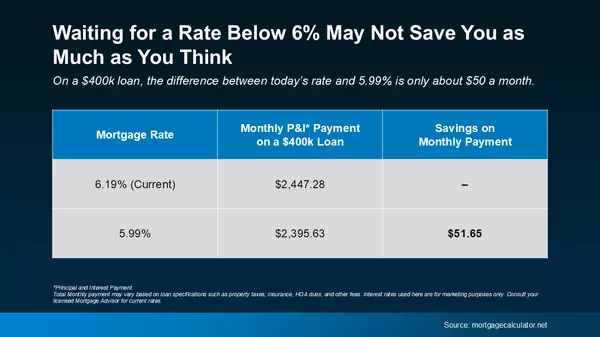
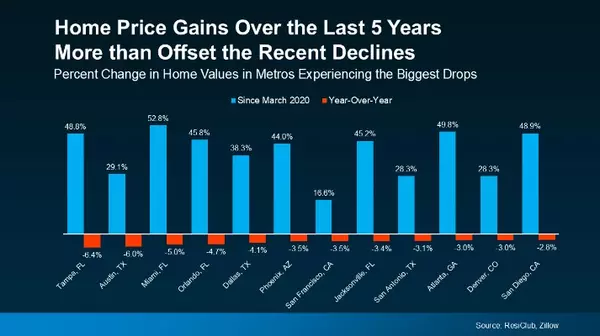
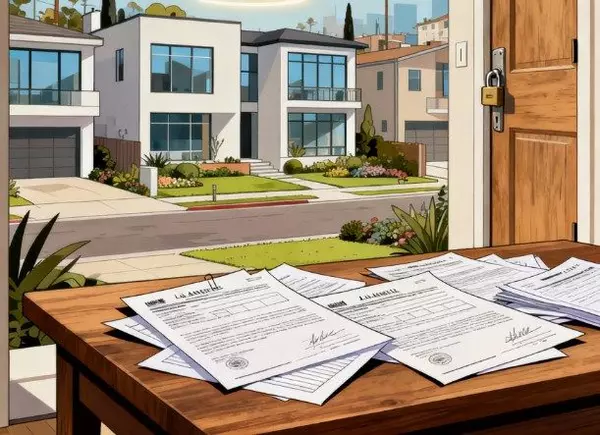

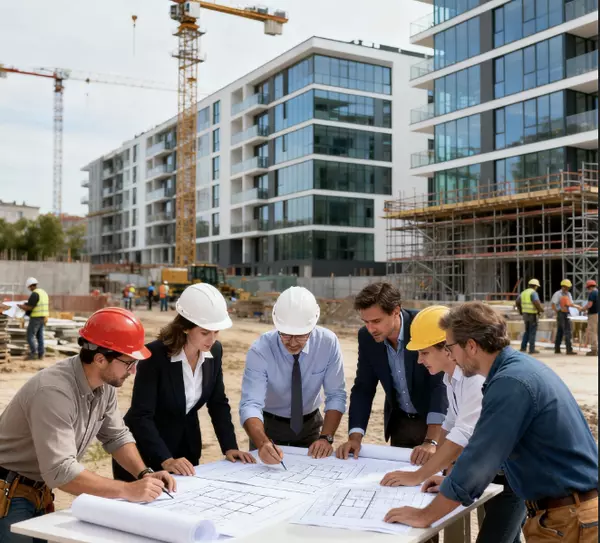
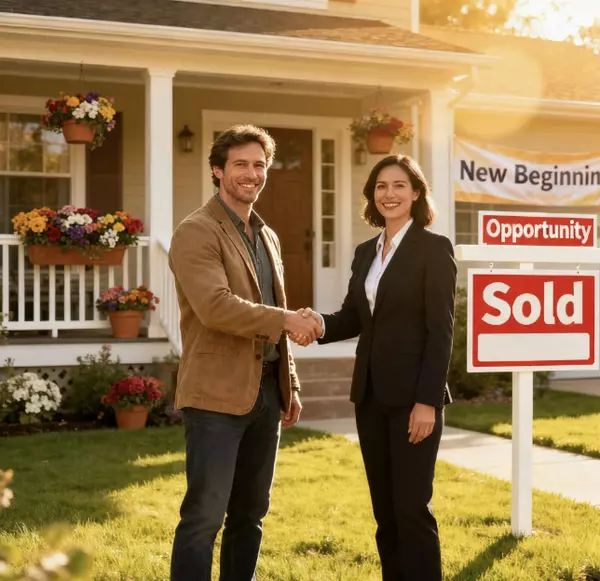


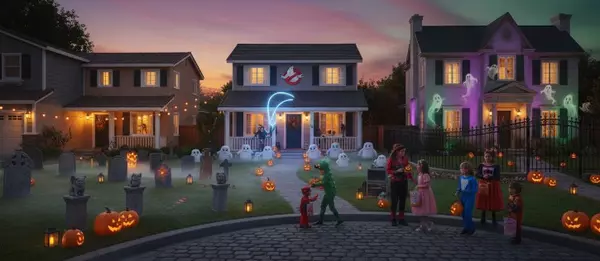

GET MORE INFORMATION

